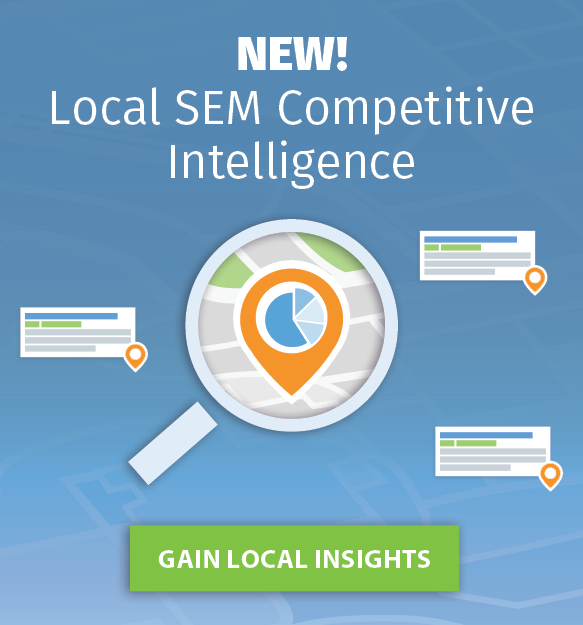
Separate your keywords into high-level Campaigns and then hyper-focused Ad Groups to maximize the performance of your Google Ads campaign.
Keywords are the building blocks of a successful Google Ads campaign.
Like with any construction, starting with high-quality building materials is essential. But in order to get the results you want, you need to put each of those pieces in its right place.
If you build your Google Ads campaign the right way, you’ll get more clicks, produce more conversions, and score a high Quality Score with Google (which can result in higher ad rank, lower CPC, and higher ROI).
Before we start breaking down your keywords, let’s take a look at the basics of your Google Ads account structure.
Google Account Structure
Your Google Ads account is the unique account you created for your business. You’ll only have one “account” for each business that you work with.
Within that account, you’ll need to have at least one Campaign and Ad group.
What is the Google Ads Campaign?
A “Campaign” in Google Ads is the top level of organization for your account.
Each Campaign is made up of one or more Ad Groups (which are then made up of keywords and ads).
You can have up to 10,000 campaigns within your Google Ads account, and each campaign has its own settings, like budget and location targeting.
What is an Ad Group?
An Ad Group in Google Ads is a group of ads and the keyword phrases that trigger those ads. An ad group is contained within a specific campaign.
Ad Groups can be customized with their own bids and some settings (like device targeting and ad rotation strategies), but budget and location can only be set at the Campaign level.
How To Group Your Keywords In Your Campaigns:
- Build Campaigns Based on High-Level Criteria
To break down your massive list of keyword phrases into focused Ad Groups, start by separating them into big buckets based on the most critical shared characteristics. Those big buckets will become your Campaigns.
2. Build your campaigns around high-level differentiators in your business, like categories of products or services.
Google recommends creating a separate campaign for any group of keywords that requires a separate budget. Or to target a specific geographic region.
In general, use a separate campaign for a group of keywords when:
- You want to separate broad categories, classes, or types of products. (i.e., televisions versus cameras)
- You need to be able to adjust the ad budget for that category of products or services without affecting other ones.
- You need to target different geographic regions with specific keywords or ad copy.
Some successful campaigns can be built using different criteria, such as branded vs. non-branded keywords or the user’s search intent (Purchase, Compare, Educate).
Use these ideas as a guide but build your campaigns based on the categories that matter most to your business.
Group your keywords into highly-relevant Ad Groups
Now you have your Campaign buckets, which are filled with a lot of keywords that share at least one big thing in common.
Your next step is to take determine what differentiates these keywords from one another. And then break them down into smaller groups based on that criteria.
How far should you go in breaking down your Ad Groups?
The ultimate goal is that you can write ad copy that is equally relevant to each keyword in the Ad Group.
In most cases, you’re going to want to stop short of creating separate Ad Groups for every one or two words or your campaigns will be too broad to be manageable.
It’s possible that an Ad Group could have as many as 50-100 keywords. Others may only be 5 to 10 related keyword phrases.
As long as your ad copy is relevant to each keyword in the group, then you’re giving yourself the best chance at success.
What does an Ad Group look like?
Let’s take a look at how you might handle this if you were organizing keywords for a campaign advertising televisions.
We’ll start with this (abbreviated) list of keywords for the Campaign “televisions”:
You should start by creating general ad groups for each type of television in your assortment– like LCD or OLED.
But you’ll also need separate ad groups for other important modifiers like 4k, 8k, Ultra-HD, and ultra-thin TVs too.
And you’ll probably want to create Ad Groups for major brands (Samsung LCD, Samsung OLED) as well.
You can see how this can get pretty detailed very quickly.
But the more focused your ad groups are, the more specific and relevant your ad copy will be.
Think about it– if your customer is searching for ‘Samsung QLED TV,” which of these headlines are they more likely to click on?
Of course, they’re going to choose Option #2– because it’s showing them exactly what they were searching for.
That’s the power of tightly-focused Ad Groups.
Beyond simply boosting your click-through rates, targeted ad copy can help improve your eCommerce conversion rates and improve your Quality Score, which can help you rank better for key terms and even reduce your CPC.
Writing Ads That Generate Clicks
You’ve created a comprehensive list of keywords for all your products. You’ve broken them down into Campaigns by key categories. And then into neat, little, tightly-organized, and highly-focused Ad Groups.
Now you need to create ad copy that makes all that highly-focused traffic want to click.
Sign up for a free iSpionage account to see competitor keywords, ad groups, ad copy, and landing pages. Receive 10 free competitor reports and 3 complimentary competitor alerts per day.











Comments are closed.